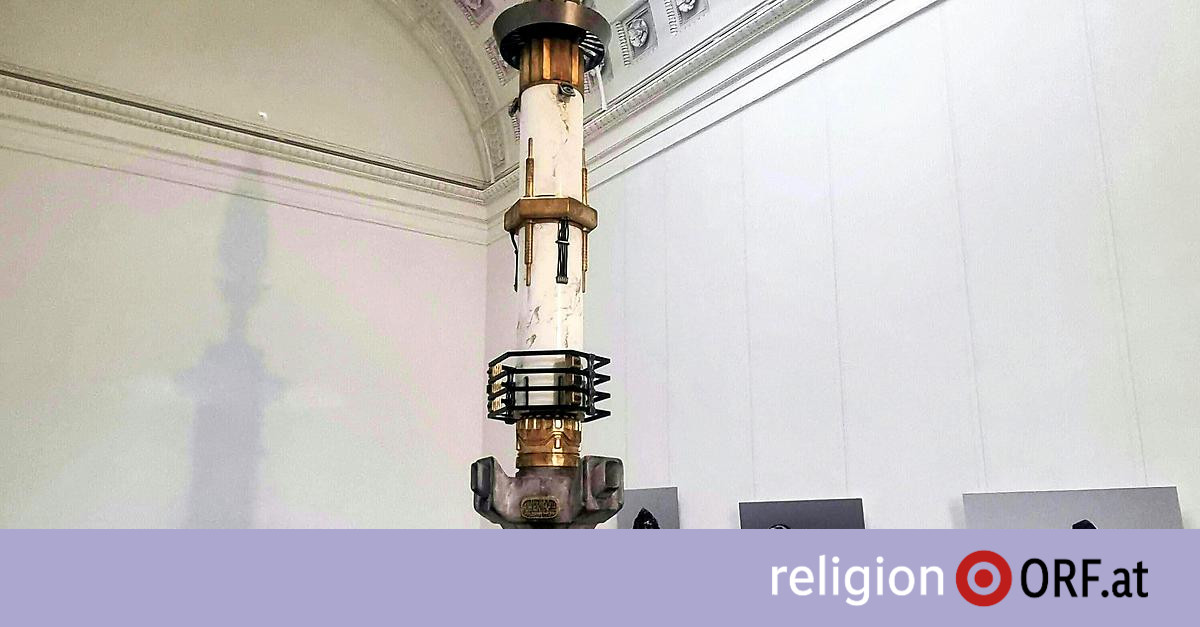At least that’s the story told by New York-based Pakistani artist Saks Afridi. His installation “Space Mosque” is now on display in collaboration with the “Science Fiction (Science Fiction)” exhibition of the Wiltmuse Museum in the Temple of Theseus in Vienna.
“As soon as I saw pictures of this place here, I realized that it makes 100 percent sense to put this thing here,” Afridi told APA Wednesday at the presentation. The mix of rockets and minaret is the central part of the work, complete with images of other sci-fi objects that (must) come from or from a spaceship.
Make the imagination believably realistic
This kind of fantasy wants to make fictional things reliably real. The Temple of Theseus on Vienna’s Volksgarten is the perfect setting for such an installation, they said, because it is art rather than a true sanctuary.

“Most of the object comes from the 3D printer, which is made by the Viennese company Object Fabrication,” explained Afridi, who provided the 3D files. “But they also contain metallic elements.” Islamic motifs, calligraphy, mechanics and “marble” fuse into a futuristic spaceship. “But it is not an alien being, but human technology from the future,” Afridi assured the press.
Ethics or selfishness?
With “SpaceMosque,” the artist wants to spark a debate: If all your prayers were answered, would you change the whole world, or would you only change your own? Does morality or selfishness prevail? The installation also includes an LED wall that reads: “Your prayers have been received and are being processed. If you are not satisfied with your outcome, please try again.”
notice
Saks Afridi: “SpaceMosque”, exhibition as part of “Fantasy (Science Fiction) – If There Was Tomorrow”, from April 20 to October 8, daily from 11 am to 6 pm, at the Temple of Theseus in Vienna’s Volksgarten, admission is free
Born in 1975, Afridi also works as a designer and creates art objects in various media. He draws inspiration from Sufi poetry, Afghani futurism, South Asian folklore, Islamic mythology, architecture, calligraphy, and last but not least, science fiction.
Jonathan Fine, director of the Weltmuseum Wien, emphasized that the art shows that it “may not yet be shown in major museums” but “represents upcoming situations that we may not yet know about.” As museum curator Tobias Maurik added, one can encounter a speculative narrative against a different cultural background with “SpaceMosque”.

“Travel aficionado. Certified problem solver. Pop culture guru. Typical writer. Entrepreneur. Coffee trailblazer.”








More Stories
Magic Abba – Europe's #1 Music Show Live with the Band
Joseph Hader faces 'turbulence surrounding a peaceful person'
Live streaming platform Kino VOD Club brings focus to Graz